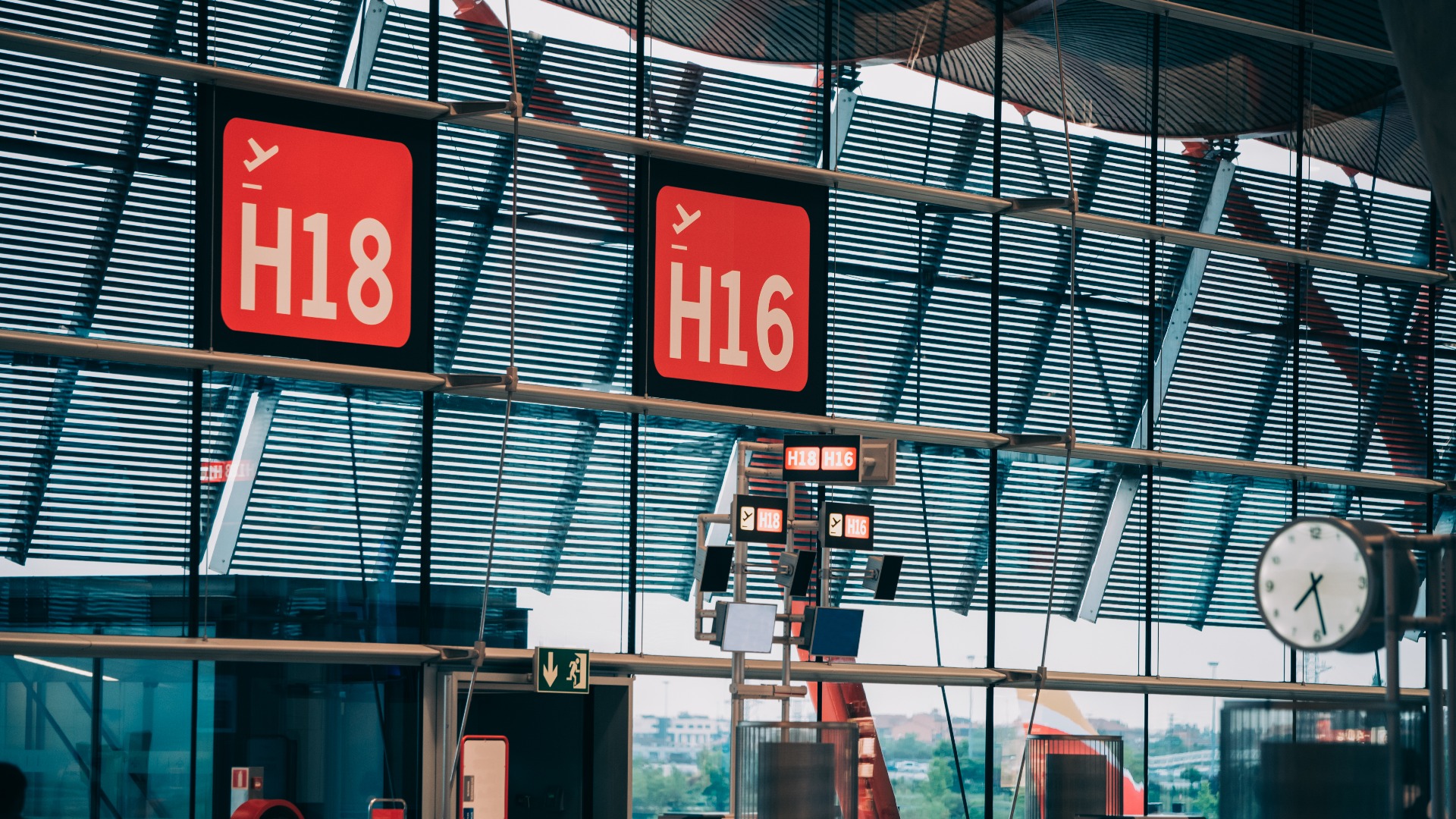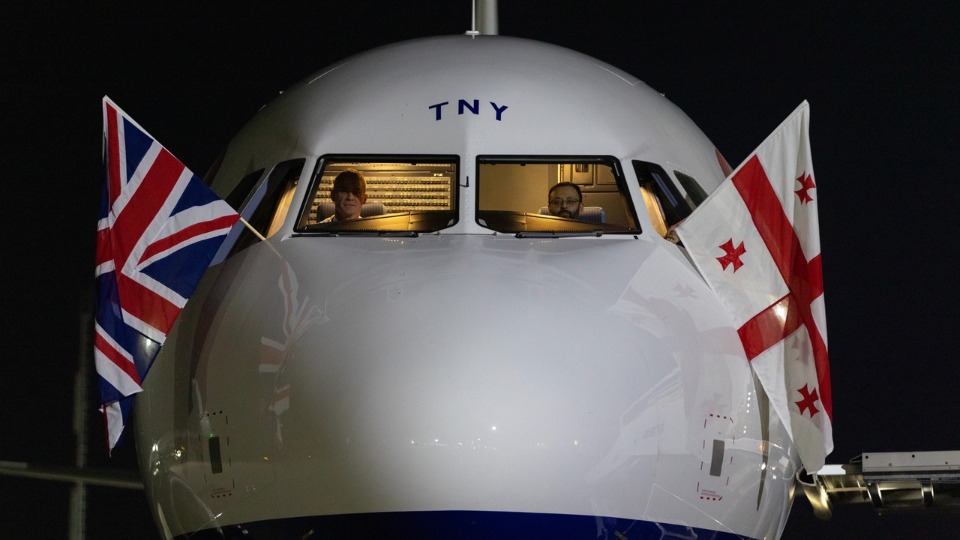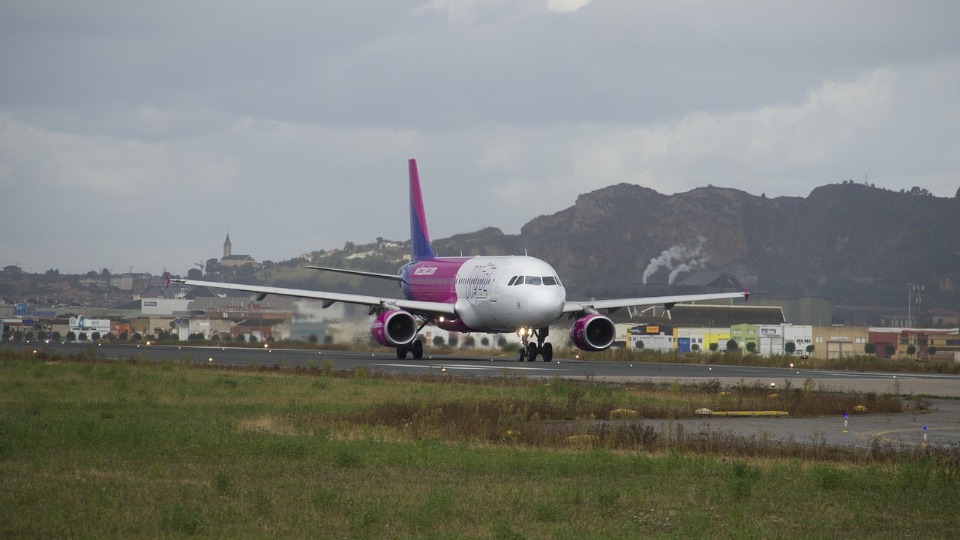
Spain’s Airports - New Regulations For Liquids And Gadgets Starting 2024

Soon, travellers using Spanish airports will be permitted to bring liquids in their carry-on bags that are larger than 100 millilitres in capacity.
The Spanish airport management AENA has stated that prohibitions on carrying liquids would be lifted at some terminals beginning in the year 2024. With the installation of the new 3D X-ray equipment, passengers will have the option of leaving devices inside their checked bags.
Those going through airport security will, for the first time in more than a decade, no longer be required to fumble about while taking stuff out of their luggage or pouring toiletries into 100-millilitre bottles. As a result of the new regulations, travellers will also be permitted to bring in their carry-on baggage products such as wine containers or olive oil bottles.
Which airports are participating in the pilot programme for the new safety regulations?
The airports in Madrid Barajas and Barcelona El-Prat will be the first in Spain to remove restrictions on carrying liquids and electronic devices through security checkpoints. In addition to this, it is anticipated that limitations would be lifted at the Palma de Mallorca airport by the end of the year 2024.
After this, the brand new 3D X-ray scanners will be deployed in Malaga Costa del Sol in the year 2025, then in Gran Canaria, Tenerife Sur, Fuerteventura, Cesar Manrique Lanzarote, Alicante-Elche Miguel Hernandez, Ibiza, Bilbao, Menorca, and Valencia beginning in the year 2026.
Why are the regulations regarding electronics and liquids being changed?
As a result of a foiled terrorist plan involving aircraft departing from London in 2006, passengers are not permitted to carry any liquids in their carry-on bags. The terrorists intended to conceal their improvised bomb devices inside of jugs of carbonated beverages. The restriction of 100 millilitres currently applies to liquids as well as the majority of pastes, gels, and emulsions.
Electronics also have the ability to obstruct or conceal other objects, such as bombs or weapons. Yet soon, thanks to advancements in X-ray technology and 3D scanners, security personnel will get a far clearer view of the contents of the passengers’ luggage. They are also able to detect bombs without requiring people to empty their bag of liquids or electrical devices beforehand.
The technology has undergone extensive testing in the United States and will soon be used at airports throughout Europe. The government of the United Kingdom has also said that it would begin deploying the new scanners beginning in June of 2024, while the government of Ireland is now conducting tests at airports in Dublin and Cork.
It is anticipated that the new regulations would reduce the lengthening lines and increased wait times at security checkpoints, both of which contributed to the havoc that occurred at airports in Spain during the summer of 2022.
Source: euronews.com








